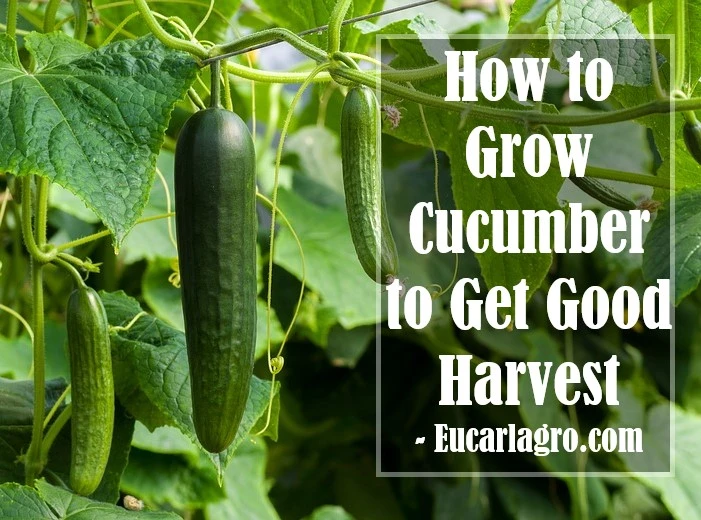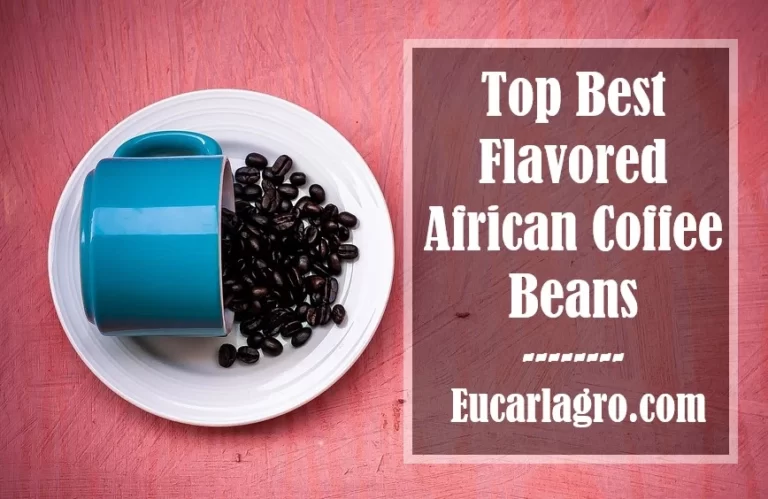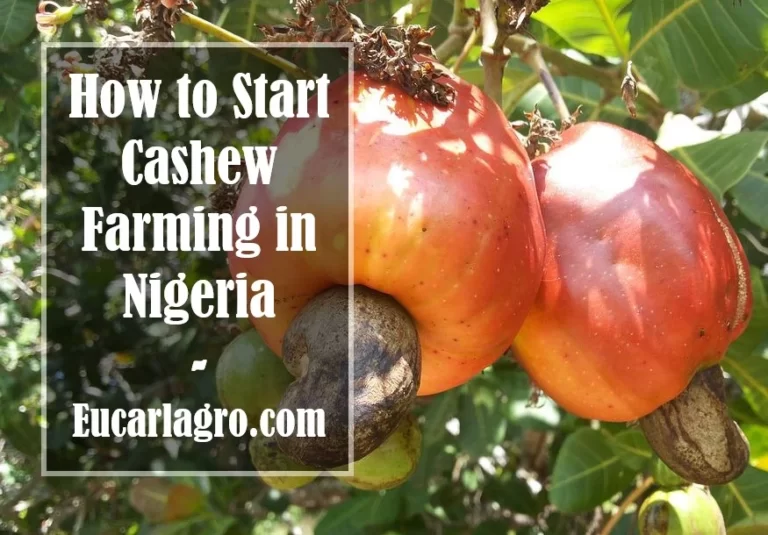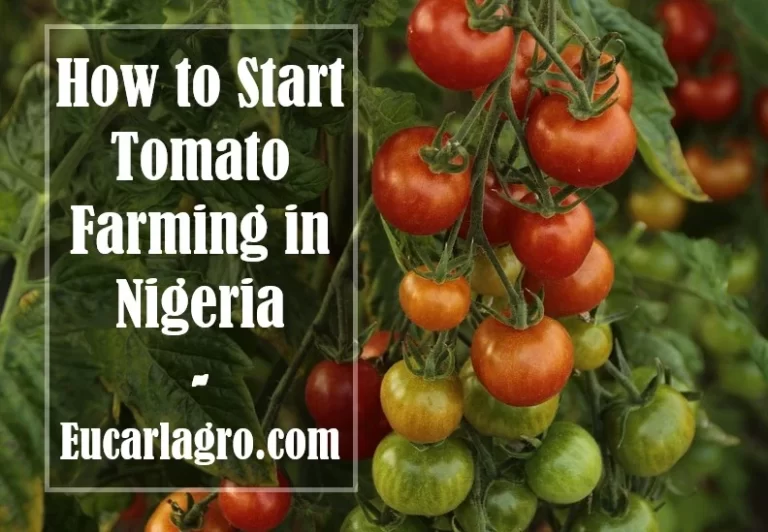How to Cultivate Watermelon Sustainably
People love watermelons during the hot season. Pumpkins squash and cucumbers are all members of the cucurbit family, but their flesh is sweeter than that of their cousins. learn How to Cultivate Watermelon Sustainably for personal or commercial use. They are a pleasant summertime delicacy, with red flesh and a shiny green peel, and can weigh anywhere from three to twenty kilograms.
Read Also: 10 Importance of Agriculture in Nigeria
Step by Step Guide on How to Cultivate Watermelon Sustainably
Best Time to Plant
Watermelon seeds can be sowed monthly from April through august if you’re starting from scratch. Using Tui Seed Raising Mix indoors will help your seeds germinate more quickly. There is a chance that they will not germinate correctly if the temperature is below 15°C. At about five leaves, seedlings can be transplanted into a permanent garden site.
Because they require a long period of warm weather to grow and mature, watermelons will thrive in areas with hot summers.
Plant
The foundation of your garden, like that of a house, is critical to its long-term success. Soil quality has a direct correlation to how well your plants thrive. Sandy, well-drained soil is ideal for watermelons. Watermelons prefer.
Start by adding organic matter like Tui Sheep Pellets and Tui Compost to your soil if you have an established garden bed. Add a layer of Tui Citrus & Fruit Mix on top of that.
Early in the morning or late in the day is the best time to plant because the plants aren’t exposed to the intense sun immediately.
Guide To Plant Watermelon in Garden Beds
Place your watermelons in a position that gets the most sunlight and is protected from wind and salt. Frost cloth can be used to protect your watermelons if frosts are a concern.
Watermelons require a lot of space because of their widespread lateral growth. Larger watermelons can be planted up to 3 meters apart on low mounds, but smaller watermelons should be spaced 1.5-1.8 meters apart. Each mound should include two seedlings, and the seedlings should grow in different directions.
To minimize fruit damage, watermelon plants can be encouraged to climb supports. Plant canes and wires near a robust fence, or insert canes and wires.
Drain the seedlings after soaking them in Tui Organic Seaweed Plant Tonic. Help prevent transplant shock and give your plant a boost of health by doing this. ‘
A layer of Tui Citrus & Fruit Mix should be added to the planting area.
Your plant’s root ball will require a hole that is twice as deep and wide as it is wide.
Position your plant in the center of the hole after loosening the root ball gently.
Fill out with Tui Citrus & Fruit Mix.
Press gently around the base of the plant.
Water your plant and continue to water regularly.
Planting watermelons in pots and containers
Also, watermelons can be grown in shallow but wide containers, although you can the smaller the container, the smaller the crop. It required that you leave plenty of room around the container for lateral growth.
Soak seedlings in a bucket of Tui Organic Seaweed Plant Tonic and allow to drain. This will help prevent transplant shock and give your plant a healthy boost.
Fill your container partly with Tui Citrus & Fruit Mix.
Gently loosen the root ball of your plant and position the plant in the center of the container.
Fill your container with Tui Citrus & Fruit Mix up to 3cm from the top.
Tap the container gently to settle the mix.
Press soil gently around the base of the plant.
Water your plant and continue to water regularly.
Nourish
Feed your plants, and they’ll feed you back in return. Soil replenishment is essential if you want your watermelons to reach their full potential because they rely on soil nutrients to grow.
Liquid fertilizers, such as Tui Seaweed & Fish Fertiliser or TuiNovaTec Premium, should be used on a regular basis to keep plants well-fed for as long as possible.
Pinch out the growing tips of your watermelons when they reach a height of one meter while they are still developing. This will foster the growth of more side branches. The female blooms on the lateral stalks generate more fruit.
Pollination
Melons are pollinated by bees and other insects, however, hand pollination may be necessary if there are not many insects in the area. Male flowers are typically found in tiny clusters, whilst females prefer to bloom on their own.
The bulge behind the petals of the females also helps distinguish them from the males. When multiple female flowers are pollinated at the same time, they will all produce fruit at the same time.
Watering
In the early stages of growth, watermelons require a lot of water and a humid climate. The stems will swiftly perish if water is allowed to accumulate around them.
Use a lot of SaturAid when growing watermelon in a container so that the soil retains water evenly.
A well-watered and well-fed watermelon is more likely to resist pests and diseases.
Harvesting
Depending on when seeds were sown, watermelons can mature through mid-summer. Watermelons should be allowed to ripen on the vine rather than being harvested at an early stage. When you tap a watermelon, you can know if it’s ready to be picked by the sound it makes.
Recommendations
There you have it, the full step-by-step guide on How to Cultivate Watermelon Sustainably. Also, worthy to note, Fresher watermelons are enhanced by exposure to the sun.
You can either cover heavy melons with netting or arrange straw under each one to keep it from stomping on the ground.



![23 Agricultural Products You Can Export From Nigeria ([year]) Agricultural Products You Can Export](https://eucarlagro.com/wp-content/uploads/2023/11/23-Agricultural-Products-You-Can-Export-From-Nigeria-768x576.jpg)

